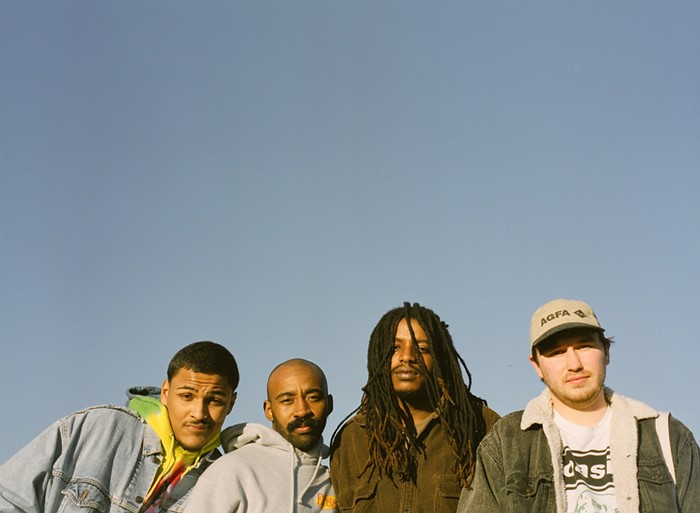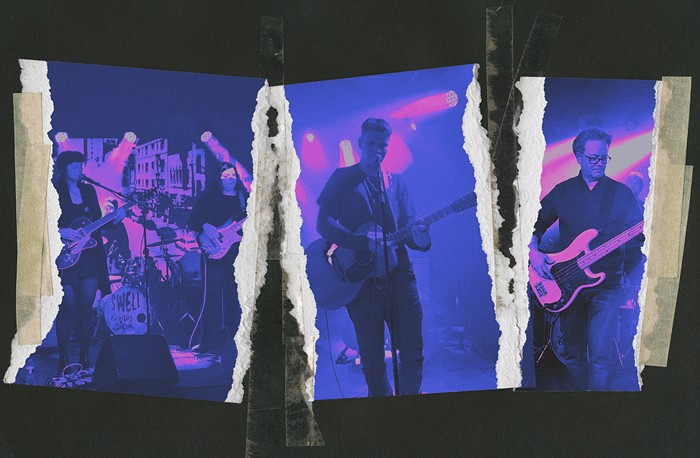Though the electric rock guitar is commonly presented as the American symbol of iconoclasm and independence, there is a hidden, perhaps stronger, tradition of guitar players that rarely receives proper acknowledgment. The king of this legion, though not because he was the most adept or exotic virtuoso, is a man who is inseparably tied to its discourse: John Fahey (1939–2001). In the murky world of pre-Dylan folk, Fahey stands out for his unquenchable thirst for musical knowledge. A sort of human library of melodies and song forms, Fahey is best viewed now as a musician with an impossibly complex personality and an unwavering will to push his art into newer, unwritten territory.
Fahey's first and often most revered outing is the pseudonymous Blind Joe Death LP. An obsessive collector of regionally manufactured 78 rpm recordings, Fahey attributed this release to a fictional bluesman, and like many of his albums, it contained both traditional tunes and original compositions. The album's mix of circular folk finger-picking patterns tinged with blues licks established the template for Fahey's future albums, but that blueprint would not remain static.
Although Fahey released roughly a dozen albums before the end of the 1960s, Blind Joe Death is considered by many to be his most enduring gift to American music due to the complex weave of music he showcases on it. On albums like Days Have Gone By, Requia, and The Yellow Princess, Fahey took his sound to the next level by incorporating field recordings, Indian ragas, and even turntable manipulations into his already potent mix of American steel-string guitar styles. Fahey's records of this era have a certain sense of longing for travel or giving way to the open, endless highway. Perhaps this is because of his experimentation with lengthier song durations, passages of weather recordings mixing with his meditative guitar ramblings, or the catalog of landmarks in his titles. Regardless, his music's pastoral call is irresistible.
In the last several years—sadly, especially those since his death in 2001—Fahey's work has undergone a thorough reevaluation. Saved from the brink of irrelevancy before by experimental rockers like Sonic Youth and Cul de Sac, Fahey is name-checked now more than ever. Vanguard Records' M. Ward–curated tribute to Fahey, I Am the Resurrection, publicly marks this almost religious resurgence of interest in Fahey from those still inspired by the transcendent possibilities of American folk music.
By their very nature, tribute albums foster a degree of eclecticism, and with the music of Fahey, there's certainly room for interpretation. While Devendra Banhart and Peter Case present luminescent but conservative meditations on Fahey originals, many on the disc choose to add contemporary-rock or indie-pop elements. Fruit Bats' rendition of "Death of the Clayton Peacock" looks upon Fahey with a bit of Beatlesque polish while Calexico's "Dance of Death" builds to a boogie-rock climax before descending into a sinisterly slow crawl of harmonica and marimba.
Two tracks done by players integral to Fahey's latter-day revival, Sonic Youth's Lee Ranaldo and Cul de Sac, fittingly speak both to the more expansive aspects of his later work and to their own relationships with the guitarist. Ranaldo's "The Singing Bridge of Memphis, Tennessee" is a reflection on time spent with Fahey during the latter's tenure opening for Sonic Youth in the late '90s; it's an ethereal collage of guitar squelch, soft harmonics, and train whistles. Cul de Sac take Fahey's trademark stop and incorporate it successfully with a sort of rock concrète with washes of reverb-clouded electronic bleeps.
But perhaps the best moment on the disc is the opening chimes of Jack Rose's guitar on Pelt's "Sunflower River Blues," which captures Fahey's cascading notes combined with a droning bowed bass that envelops the listener; it's part country and part Terry Riley–esque minimalism. Similarly, Howe Gelb transposes "My Grandfather's Clock" onto piano with a syncopation that makes it nearly unrecognizable, but somehow oddly in line with the ghostly clock bells that solemnly close the album.
As is often the case with true rebels, their work eventually becomes a canon of sorts. While continuously experimenting with different styles throughout his career, Fahey is known today as an expansive solo guitar player who urged American guitar music into a dialogue with the world. And while those who worship St. John certainly have a right to, they should never forget they have devoted themselves to an undisputed American maverick.
editor@thestranger.com

















